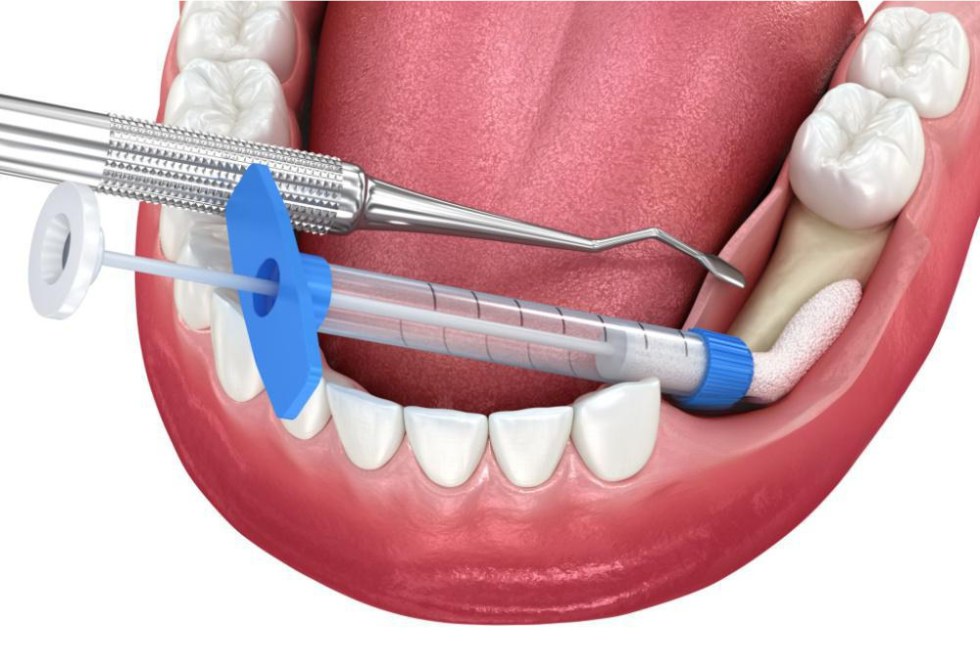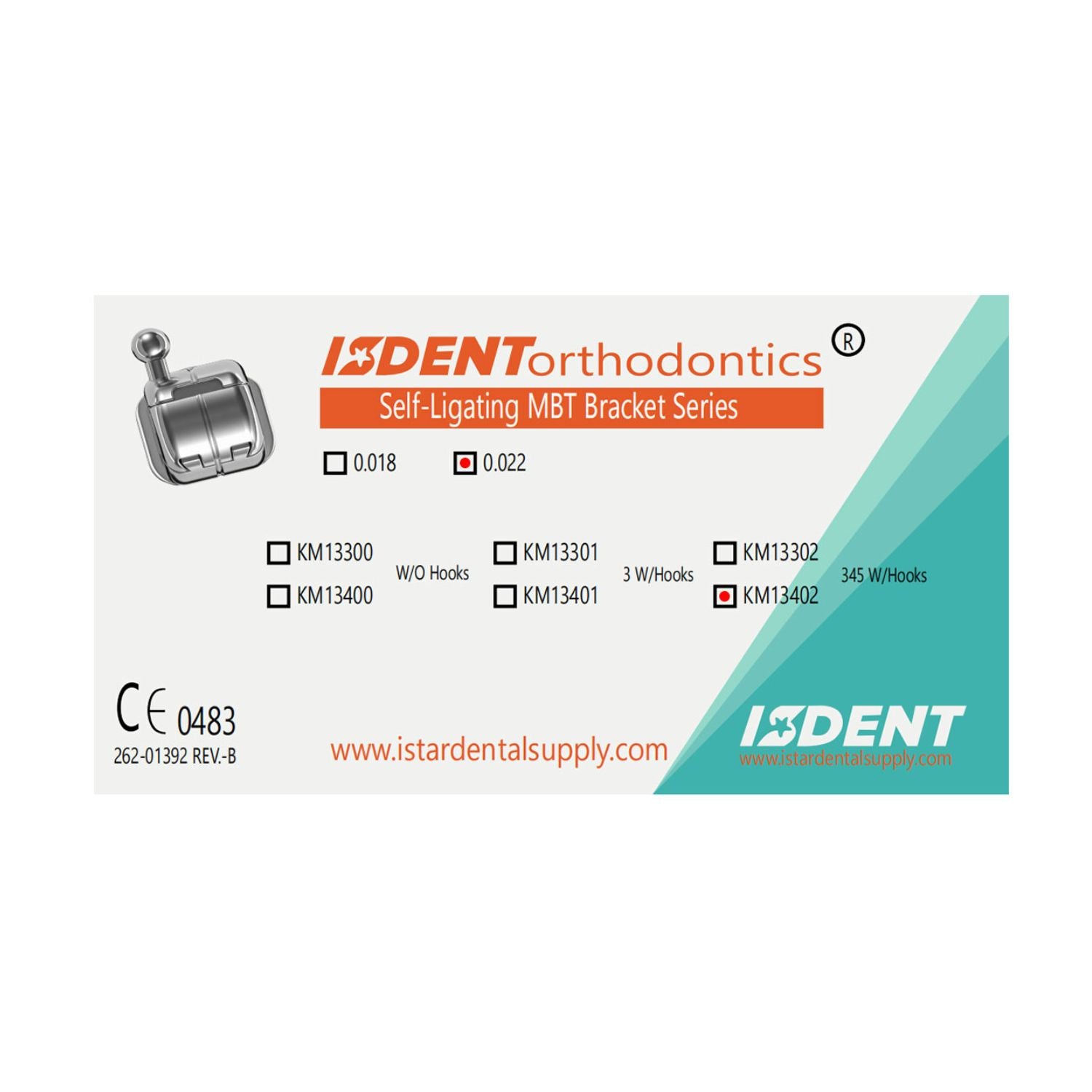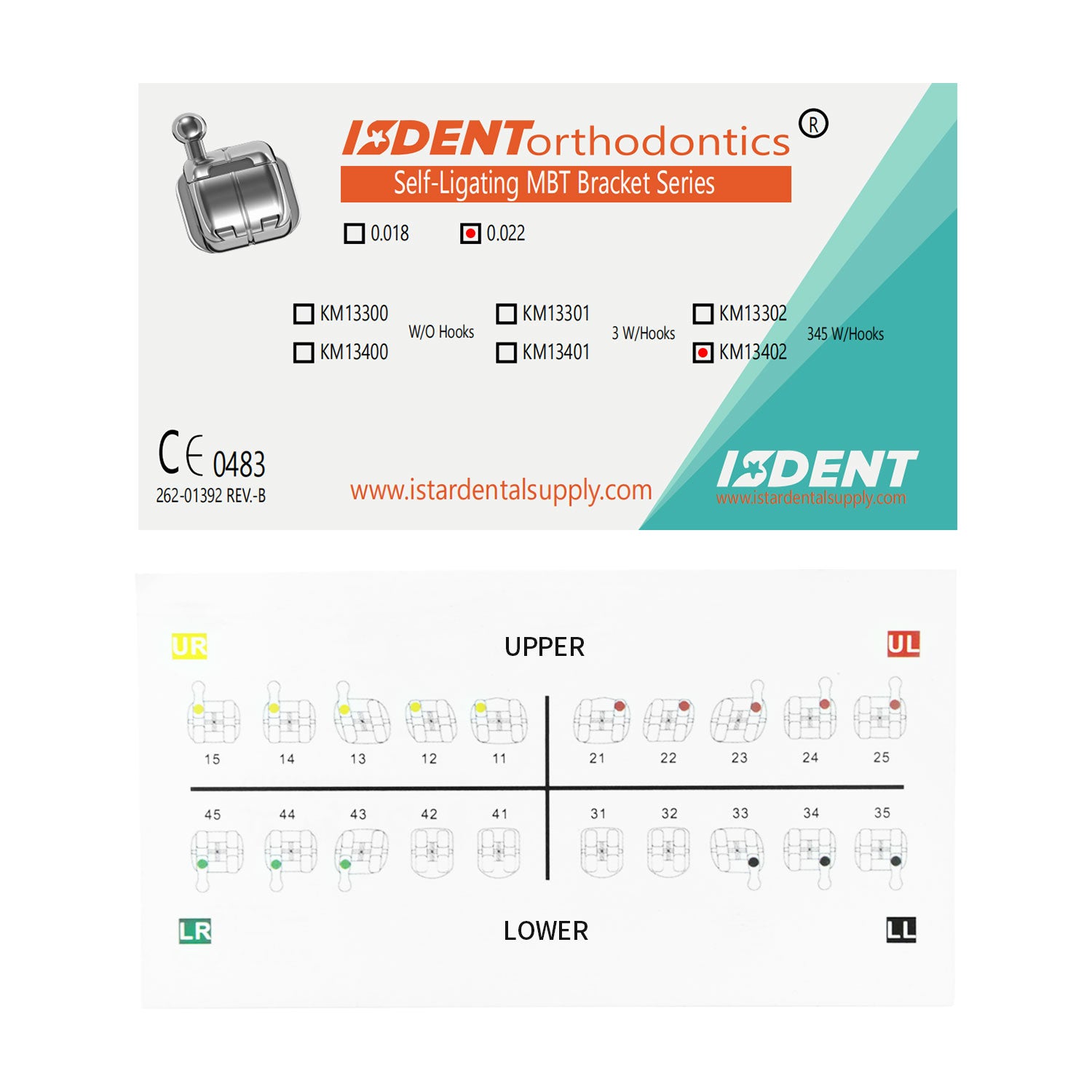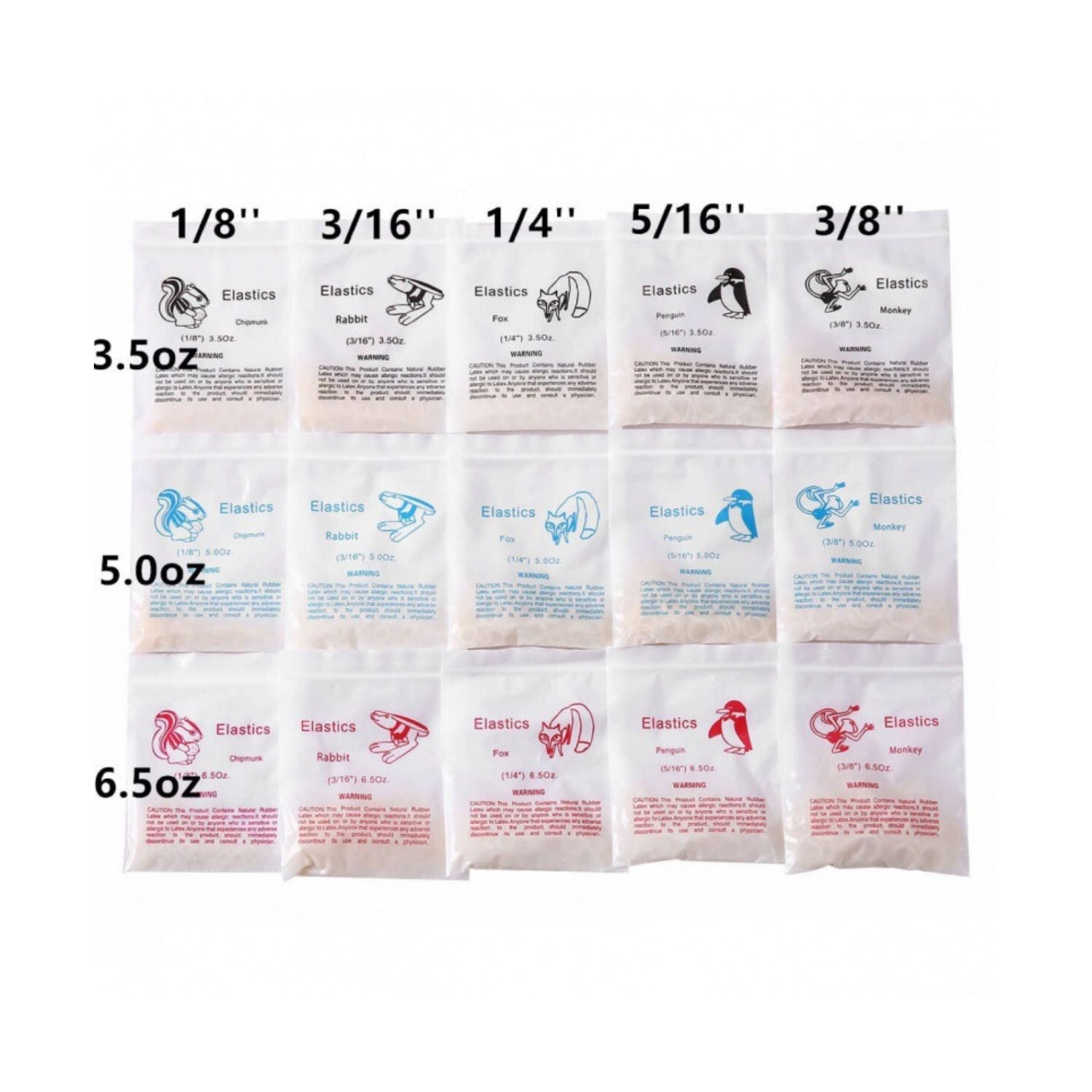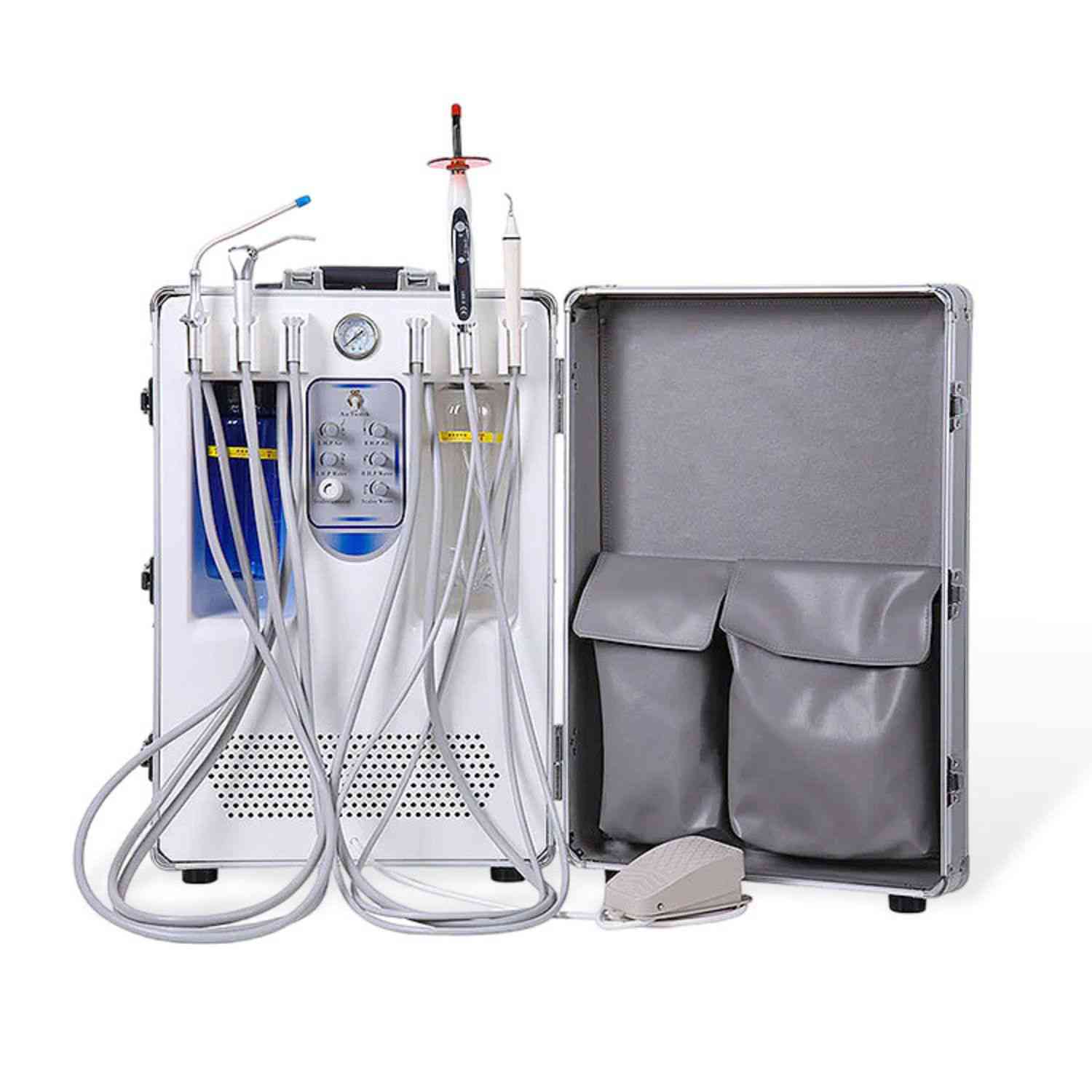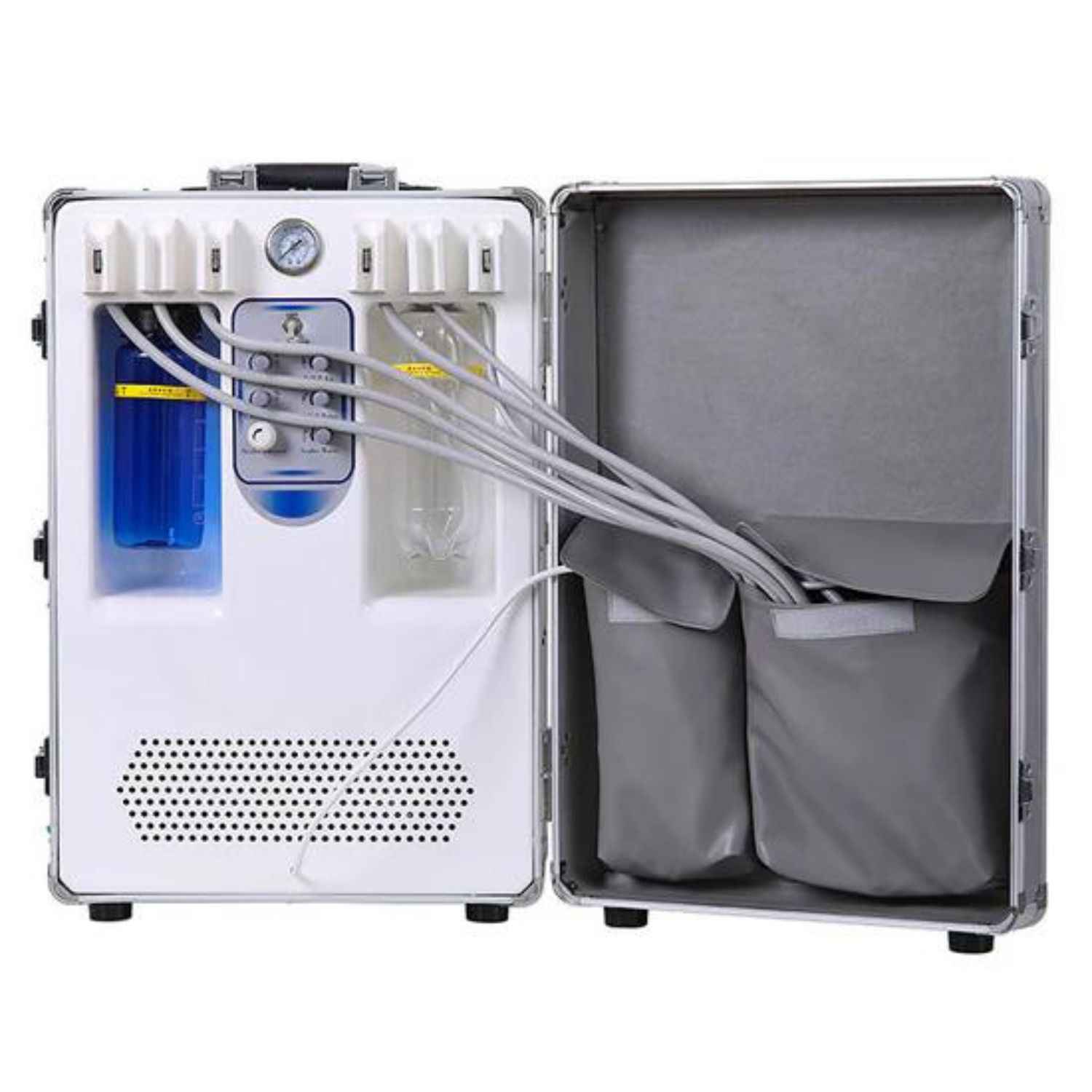All You Need to Know About a Dental Bone Graft Before Your Dental Implant Surgery
One of the subjects that comes up a lot is dental health. Have you lost a tooth? Are you thinking about getting a dental implant? If so, this article is for you. I’ll explain everything you need to know about dental bone grafts in simple, easy words. We'll cover what a dental bone graft is, why you might need one, and what to expect. This will help you feel more comfortable and ready for your treatment.
What Exactly Is a Dental Bone Graft?
So, what exactly is a dental bone graft? Let me break it down for you. A dental bone graft is a special dental procedure. Think of it like this: if you remove a post from the ground, it leaves a hole. To put a new, stronger post in, you need to fill that hole with solid ground first. A bone graft does something similar for your jaw. A dentist performs this bone graft procedure when there is not enough bone in your jaw to support a future restoration.
A bone graft is a procedure that helps replace bone that is missing. It's a type of surgical procedure where a dentist places new material in the jaw. This material encourages your body to create new bone tissue and heal the area. The main goal of a bone graft is to create a healthy bone structure. This strong foundation is often needed for treatments like dental implants. So, a bone graft is a surgical way to rebuild your jaw and fill in missing bone, preparing you for the next step in restoring your smile.
Why Might I Need a Dental Bone Graft?
You might be asking, "Do I really need a dental bone graft?" It's a great question. The most common reason is tooth loss. When you lose a tooth, the jaw bone where the tooth used to be starts to shrink. This is called bone loss. Without the tooth root to stimulate it, the bone just fades away. If you have experienced bone loss, your jaw may not be strong or thick enough to hold a dental implant.
A bone graft fixes this problem. It rebuilds the lost bone and makes the area strong again. This is very important if you want to replace your missing teeth with a dental implant. Think of it as a way to prevent bone loss from getting worse. The bone graft creates a solid base to support dental implants, ensuring they are secure for years to come. Your dental bone needs to be healthy, and a bone graft can get it there.
Where Does the Bone Graft Material Come From?
The graft material can come from a few different places. The choice often depends on your specific needs. This is something your dentist will discuss with you. The goal is to use a material that your body will accept and use to build new, strong bone tissue.
There are a few main sources for bone graft material. Sometimes, the best material is the patient’s own bone, taken from another part of your body, like your hip or another area of your jaw. This type of bone graft is often very successful. Other times, the graft material can be a processed piece of bone from a human donor, which is called an allograft. There is also material that comes from an animal source (xenograft) or even a synthetic, man-made material (alloplast). This transplanted bone acts like a scaffold for your body to build upon. Your dentist will choose the best type of graft for your bone graft procedure.
What Are the Different Types of Dental Bone Grafts?
Just as there are different sources for the material, there are also different types of dental bone grafts. The specific bone graft you need depends on your situation. Your dentist or oral surgeon will determine the right one for you based on the extent of bone loss and your overall dental health. Some procedures are small, while others are more involved.
Here are the main types of dental:
-
Socket Preservation: This is a minor bone grafting procedure done right after a tooth is removed. A bone graft is placed into the empty socket to keep the bone from shrinking.
-
Sinus Lift: This is done when you need a dental implant in your upper back jaw, but there isn't enough bone height. The bone graft adds bone to the sinus floor.
-
Ridge Augmentation: If your jaw isn't wide enough for an implant, this dental bone graft is used to increase its width and volume.
-
Periodontal Bone Graft: For patients with gum disease that has caused bone loss around a tooth, this bone graft helps to support the existing bone and save the tooth. Dental bone grafting may seem like a big step, but choosing the right type of bone graft is key to success.
How Does the Bone Graft Procedure Work?
The dental bone graft procedure is a well-planned surgery. First, your dentist or oral surgeon will make sure you are comfortable, usually with local anesthesia to numb the area. Then, they will make a small opening in your gum to reach the bone in the jaw.
The dentist will then place the graft material into the areas where bone has been lost. This material acts as a placeholder and a signal. It tells your body to start the growth of new bone. Sometimes, a special membrane is placed over the bone graft to protect it and help guide the new bone growth. This part of the graft procedure is very important for the healing process. Once the material is in place, the gum is stitched back together. Over the next few months, your body will replace the graft material with your own strong, natural bone.
What Should I Expect During Dental Bone Graft Recovery?
Recovery is a big part of the process. After the procedure, it's normal to have some swelling and minor discomfort. Your dental professional will give you instructions on how to manage this, including what to eat and how to keep the area clean. It’s important to follow these instructions carefully to ensure a smooth healing process.
It takes several months for the transplanted bone to fuse with your jaw and create a solid foundation of new bone. During this time, your body is hard at work. You will have follow-up visits with your dentist to check on your progress. It's important to watch for any signs of dental bone graft problems, like major pain or swelling that doesn't go away. While rare, a dental bone graft failure can happen, so it's good to stay in touch with your dentist. Getting a dental bone graft is the first step toward a stronger smile.
How Do I Know if My Bone Graft is Successful?
"How do I know it worked?" This is a common and important question. The success of your bone graft is determined over time. You won't know for sure the day after surgery, but there are clear signs your dentist looks for. Successful bone grafting means your body has accepted the graft and started the bone growth process.
Your dentist will use X-rays to see the magic happen. These images will show if the transplanted bone to grow enough new, healthy bone. They will check the bone volume and bone density to make sure it's strong enough to support an implant. The final confirmation of a successful bone graft is when your jaw has healed completely, and you have enough dental bone to move forward. This success is what determines your eligibility for dental implants and getting your smile back.
How Does a Bone Graft Help with the Placement of Dental Implants?
This is where it all comes together. A bone graft is often the crucial first step for the placement of dental implants. A dental implant is a titanium post that acts like a new tooth root. For it to be successful, it needs a strong foundation to screw into. Dental implants require a certain amount of bone to be stable. If you've had bone loss, your jaw might be too thin or soft.
That's where the dental bone graft comes in. It rebuilds the jaw, creating that solid base. A bone graft provides the necessary support for dental implant placement. You can think of it as building the foundation for future dental work. After the bone graft has fully healed, you can proceed with dental implant surgery. Getting a dental implant after a successful bone graft has a much higher chance of long-term success. The placement of dental implants is a precise art, and it starts with a solid canvas.
What is the Dental Bone Graft Cost?
The dental bone graft cost can vary quite a bit. The main factors are the type of bone graft procedure you need and the kind of graft material that is used. A simple socket preservation will cost less than a more complex sinus lift.
When you are considering dental bone, it's important to talk to your dental professional. They can give you a clear estimate based on your specific needs. They can also talk to you about your insurance coverage and any payment options. Remember that a bone graft is an investment in your long-term oral health. It's a necessary step to ensure you get quality dental care and that your future dental implant is successful.
Am I a Good Candidate for a Dental Bone Graft?
So, are you one of the candidates for dental bone grafting? If you need a dental bone graft, your dentist will be the one to make the final call. But generally, if you are healthy enough for a routine dental procedure, like an extraction, you are likely a good candidate.
You might need a dental graft if you have lost a tooth a while ago, have gum disease that has led to bone loss in the jaw, or are planning on getting a dental implant in an area with insufficient bone. When considering a dental procedure of this nature, your dentist will review your medical history and take X-rays to assess your jaw. The great news is that dental bone grafts can increase your chances of being eligible for dental implants and other restorative treatments. This bone graft can be the key that unlocks many future dental procedures to give you a healthy, beautiful smile.
Key Takeaways to Remember
As we wrap up, here are the most important things to know about dental bone health and the bone graft process:
-
A dental bone graft is a procedure to add bone or a special material to your jaw to help new bone grow.
-
You often need a bone graft if you have lost bone due to a missing tooth, gum disease, or injury, especially if you are considering dental implants.
-
The goal is to create a strong, stable foundation to support dental implants or other restorations.
-
The healing process takes several months, as your body needs time to build new, strong bone tissue.
-
Talk to your dentist about whether a bone graft is right for you, what to expect, and the costs involved.

